General description
Wall lights are a family of versatile and adaptive light fixtures that can be arranged strategically and placed thoughtfully to elevate interior lighting from ordinary to extraordinary. They can provide all layers of lighting to transform visually and functionally a space such as a living room, bedroom, dining room, hallway, bathroom, foyer, office, or hospitality space. These fixtures can be reliable sources of ambient, accent and task illuminance without occupying valuable floor space or creating unwanted clutter from overhead installations.
In larger spaces, wall lights can work in tandem with pendants, chandeliers, close-to-ceiling fixtures, table and floor lamps to create a balanced composition of light. They also easily fit into narrower and out-of-the-way places and do a solo to effortlessly and elegantly brighten the spaces. Placed midway on the wall, wall lights provide an eye-level spread of light that can create an intimate ambiance, compose luminous attractions, and highlight architectural details and decorative elements that may otherwise go unnoticed. Wall lights that are meticulously crafted with captivating silhouettes and intricate details make a significant design statement to keep a space from looking ordinary or bland.
Explore the harmony of form and function
Equipped with technology that pushes the boundaries of lighting performance, features and form factors, LED wall lights reside happily at the intersection of form and function to maximize the use of a space, establish visual hierarchies, cultivate visual interests, support health and well-being, and promote safety and security. LED wall lights are referred to as wall-mounted luminaires that are created using an integrated approach to product design and engineering. The light-producing component in an LED wall light is an integrated LED array or a board module comprised of an array of discrete LEDs.
Traditional wall lights are lamp-plus-fixture systems which use incandescent bulbs or compact fluorescent lamps to produce light. The fixture of this type is essentially an appliance to hold the lamp, deliver electric power, and provide simple control of the lamp’s beam. While bulb-based wall lights can be retrofitted with LED replacement lamps that are available in virtually all of the previous incandescent and sizes, these fixtures are inherently inefficient and inflexible in optional control. Retrofit LED lamps are commonly compromised in performance, longevity and even the quality of light due to the inadequate thermal design and driver capability.
LEDs are complex devices capable of reaching highest performance and delivering the best quality light only when the thermal management system, driver circuitry and optics are properly designed to address the unique challenges confronted in each application. An integrated approach to system architecting ensures that all components work in unison to deliver the intended value.
The world of interior lighting keeps getting more exciting
With LED technology, there is an opportunity to address every human need (task visibility, task performance, mood and atmosphere, aesthetic judgement, social communication, health, safety and well-being) that are thought to be served lighting while bringing artificial lighting to the forefront of sustainability and sophistication.
An LED is a semiconductor emitter that produces light in response to the passage of an electric current through its p-n junction. Electroluminescent devices fabricated from direct bandgap semiconductors can operate with high efficiency and high reliability, which established the technology’s supremacy over its rivals.
The compactness and directional nature of these solid state devices enable unprecedented freedom in fixture design and optical control. The design flexibility allows walls lights to be customized to the function and aesthetic requirement of the space.
LEDs can provide illumination that is controllable in light output and spectral composition. Their full range dimming capability and instantaneous response to the changes in drive current or duty cycles make lighting flexibly adaptable to user needs. The ability to engineer the spectral power distribution (SPD) of LEDs makes even greater sense as the spectrum of light has profound effects on human psychology and physiology.
LEDs can be readily paired with electronic circuits which provide embedded programmability and network connectivity. This capability facilitated a massive transition to connected lighting, leading to a significant enhancement of the user experience.
Layering light with wall fixtures is a staple of lighting design
Today’s wall lights capitalize on the unique features and capabilities of LED technology to effortlessly and splendidly fulfil their roles in a layered lighting scheme. Ambient lighting fills a space with soft, uniformly distributed light that makes navigating the space visually comfortable. LED wall lights radiate a comfortable level of brightness when they are designed as general diffuse systems or edge-lit panel lights. Dimmable and dynamic lighting systems can easily customize ambient lighting for visual comfort and create an atmosphere or evoke favorable emotional and physiological responses for every occasion and activity.
Task lighting serves to provide ample, focused light where it is needed for reading and other detail-intensive activities. Wall-mounted LED task lights provide localized pools of glare-free light with the correct intensity and quality using high color rendering LEDs and an optical system that enables efficient delivery of light with the optimum light distribution.
Accent lighting elevates light itself to an essential role. It reinforces design aesthetics and creates focal points through the use of luminance contrast. The directional nature and high flux density of LEDs lend them perfectly to focal lighting applications where tightly controlled beams are necessary to create energy and visual impact.
Transform a space in style
Creative use of LED wall lights can spruce up the feel and look of a room and create a design expression that is anything but common. Whether to subtly and harmoniously contribute to the visual environment without overwhelming what else is going on in the room or to create an elaborate focal point with a strong artistic focus, wall lights should be styled properly to play the role. LED technology provides design freedom to allow for marriages of art and light without compromise.
Contemporary, modern and transitional styles reign when it comes to integrated LED systems. Contemporary LED wall lights are fluid in design style. They combine the drama of sculpture with multi-dimensional forms to create an artistic display of light. A pure expression of form that exudes simplicity and geometric sensibilities is most often associated with modern and contemporary LED wall lights. The focus of modern style wall lights is minimalism, which is characterized by simplicity, cleanliness, neutral colors and absence of decor or detailing. While the modern style is a strict decoding of design that started in the 20th century, the contemporary style on the other hand draws inspiration from today’s current trends and is therefore more fluid. Contemporary LED wall lights remain minimal decoration but often show off interesting patterns, artful shapes, and bold pops of colors or unusual finishes. Transitional style LED wall lights easily meld with most any decor because of the timeless look taken from a mix of both traditional and contemporary design.
Design creativity abounds with LED lighting. It’s a breeze for LED wall light to shine in other popular styles—be it industrial, classic, traditional, rustic, Mediterranean, mid-century, Art Deco, mission, farmhouse or casual. LED wall light may take on any shape that is conducive to design and light distribution. The variety of luminaire shapes range from round, cylinder rectangle, square, panel, linear, bell, circle, globe, empire, lantern, half-moon dome, bowl, oval, tube, cage, drum, pyramid, and hexagon to cluster.
Design and configuration
LED wall lights fall in various types when they are differentiated from a specific aspect of configuration or application. When sorted by the luminaire arrangement, there are uplights, downlights, up/down and multi-directional lights.
- Uplight sconces throw ambient light upward and toward near horizontal directions, creating an intimate mood and giving an illusion of a room larger than it really is. Uplights are also used to provide a wash of light up a wall to draw attention upwards, highlighting artwork or architectural details to add drama to a room.
- Downlight sconces extract light from the bottom of the fixture to illuminate the area below more often for a practical purpose such as task lighting.
- Up/downlight sconces, which shine through the top and bottom of the fixture, are commonly used to create visual balance.
- Multi-directional lights are typically used to create extraordinary patterns of light and shadow to reveal texture, add dimension and enable new perspectives. However, these configurations are not rigid rules.
LED wall lights can be divided by mounting method into flush mount, semi-flush, armed and recessed types. Whether to recess or project wall lights is dictated by one or more factors such as the light distribution requirement, the aesthetic relationship with the architecture and space, and safety considerations. Americans with Disabilities Act (ADA) regulations, for example, prohibit wall lights to project more than 4 inches into hallways, corridors, or aisles.
Spectral design
Across all styles and types of wall lights, the essentials of good lighting remain the same. An LED luminaire integrates multiple interdependent components to produce, control and distribute light. The luminous flux, lumen maintenance and color stability of LEDs lie upon junction temperature management and drive current regulation. The design of the secondary optics is of a significant importance since the luminance of LEDs is excessively high in relation to the state of adaptation and the concentrated beam of LED light often needs to be spread over a wider area or tightly controlled to achieve the desired light distribution and a high level of visual comfort. Many of the performance variants depend on the LED package metrics. In particular, spectral control should be exercised to ensure the color rendering ability and the color of light emitted by an LED wall light are appropriately prescribed.
LED technology provides the opportunity to design lighting systems that allow dynamic control of the color temperature to spark an atmosphere or engage with human physiological responses. A dim-to-warm LED wall lights can simulate the color shift effect of incandescent lamps as they are dimmed. Tunable white LED wall lights provide the ability to adjust the color temperature from warm to neutral to cool white at any intensity. These systems are designed to implement human centric lighting (HCL) which is intended to support health, wellbeing, and performance throughout a holistic design of the intensity and spectral composition of light.
Driver and control circuitry
LEDs are low voltage devices, and their performance is current-dependent. A constant current LED driver is needed to provide regulated DC output regardless of the supply-voltage fluctuations. LED wall lights that operate on AC power are likely to produce offensive flicker unless the LED driver can effectively remove large ripples in the DC current provided to the LED load.
Dimming control is often one of the key abilities of a driver. The LED driver must be designed to recognize and respond to the voltage signals from phase-cut dimming circuits in a desirable way, otherwise flicker and other unwelcome issues will come up.
Smart LED wall lights use a sophisticated microcontroller that can run proprietary algorithms to provide programmable control of the LED driver. A wireless communication interface allows the lights to be controlled by software applications that run on IP-enabled control devices such as smartphones and tablets.

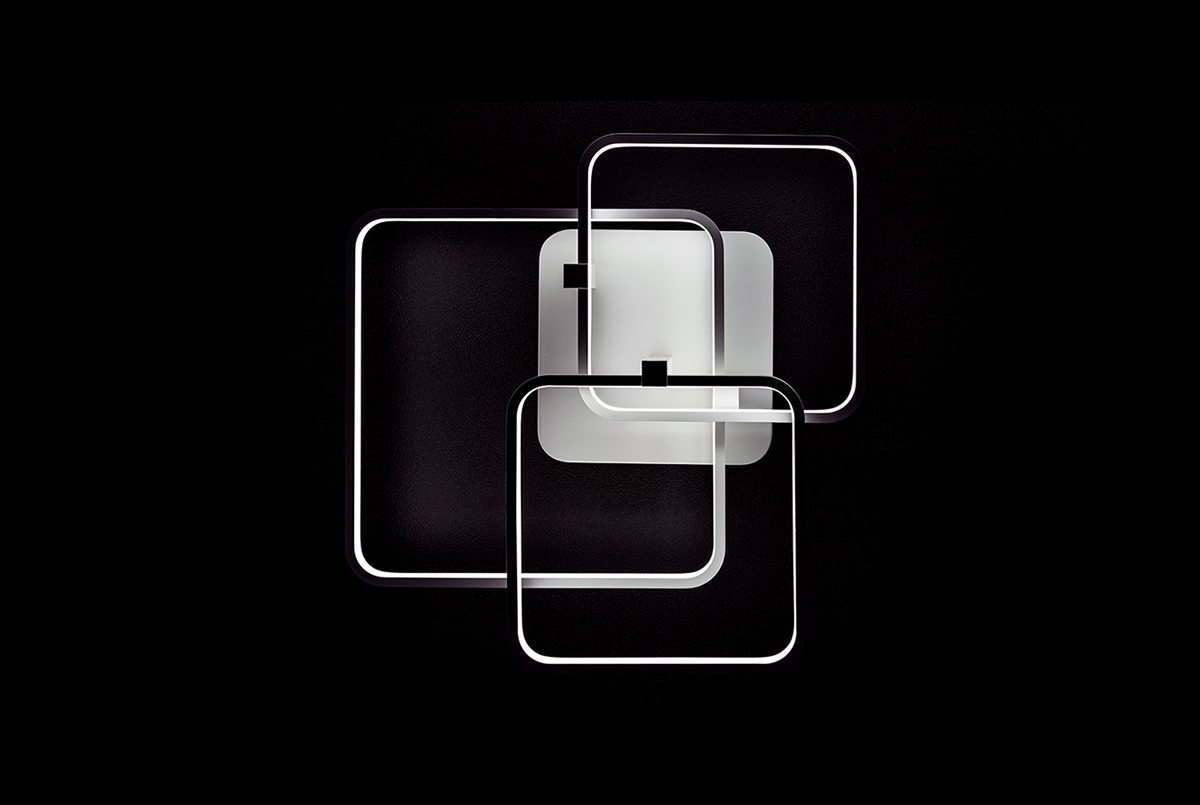
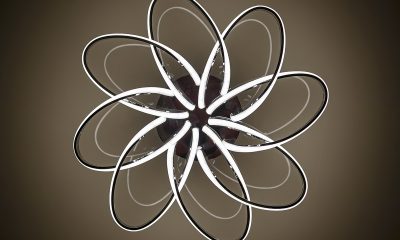
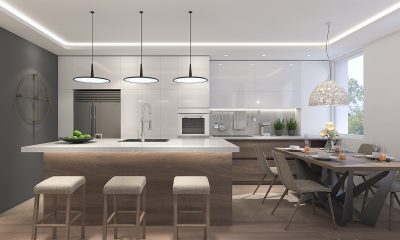
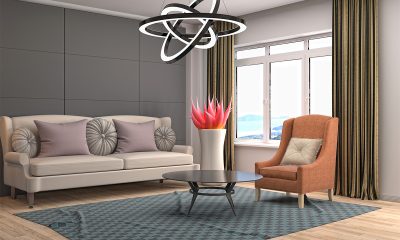
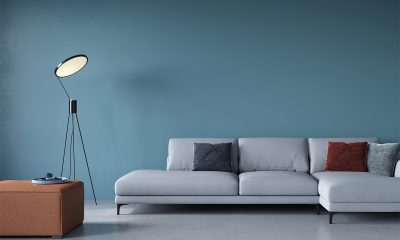
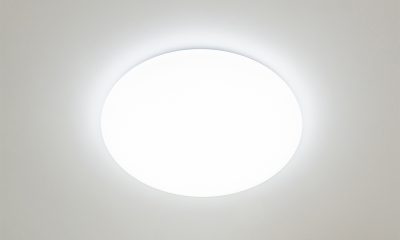

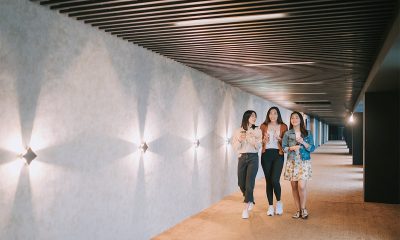
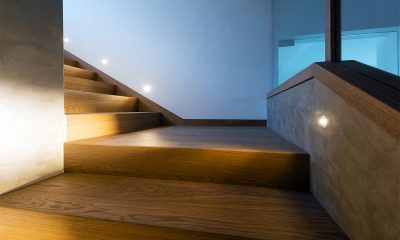
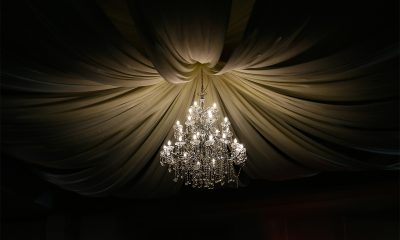
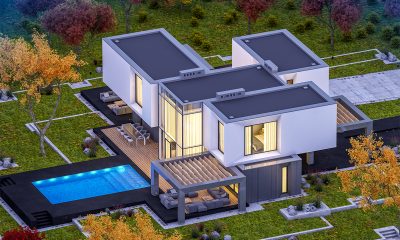
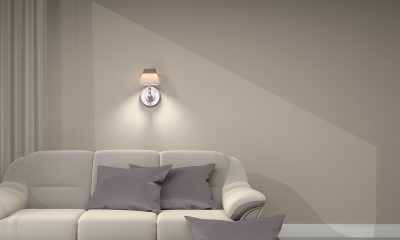
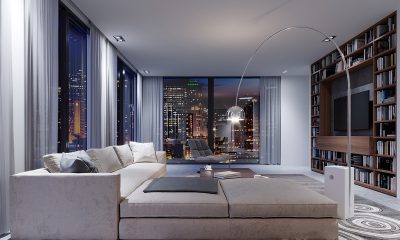





Loading...